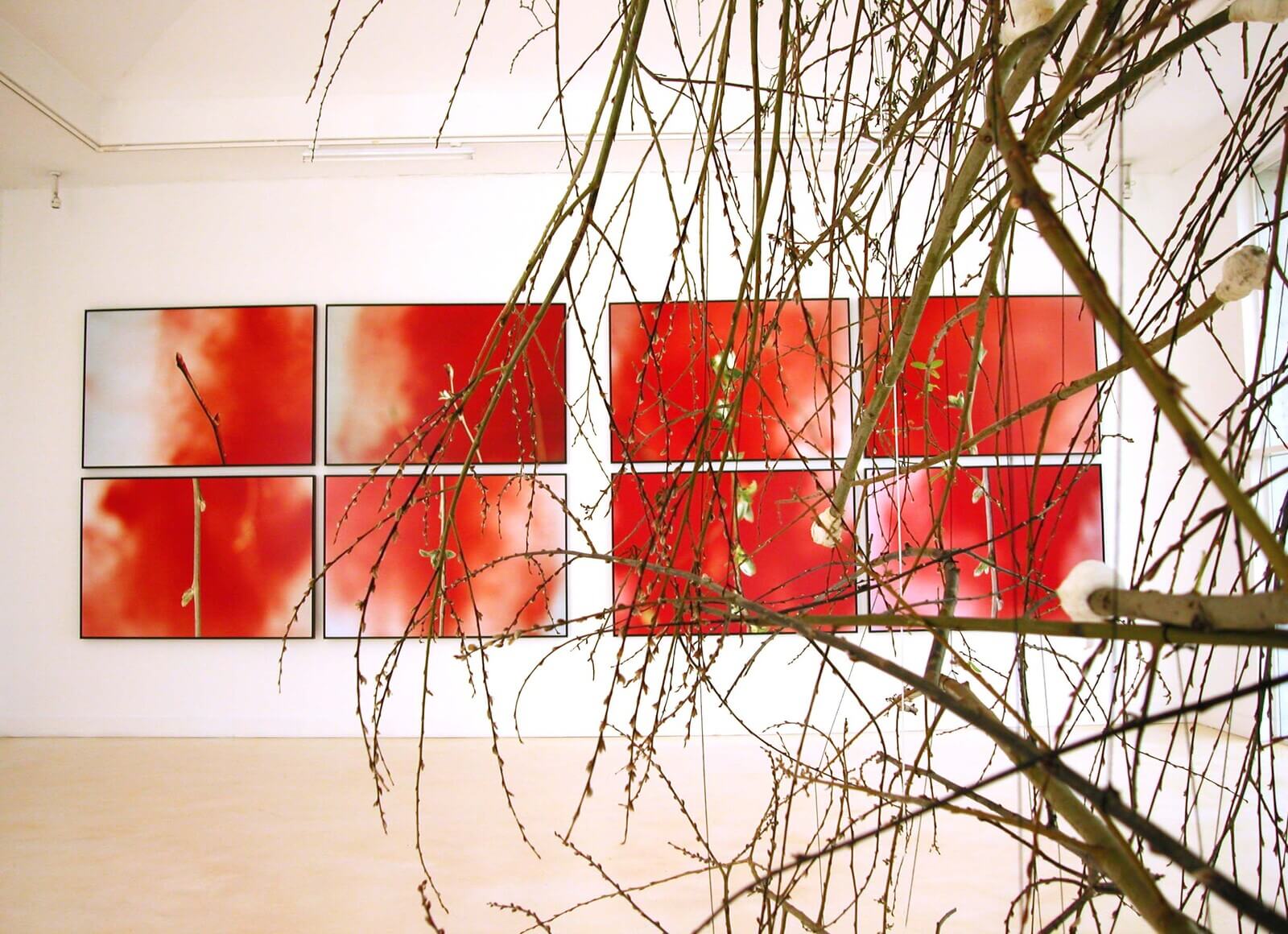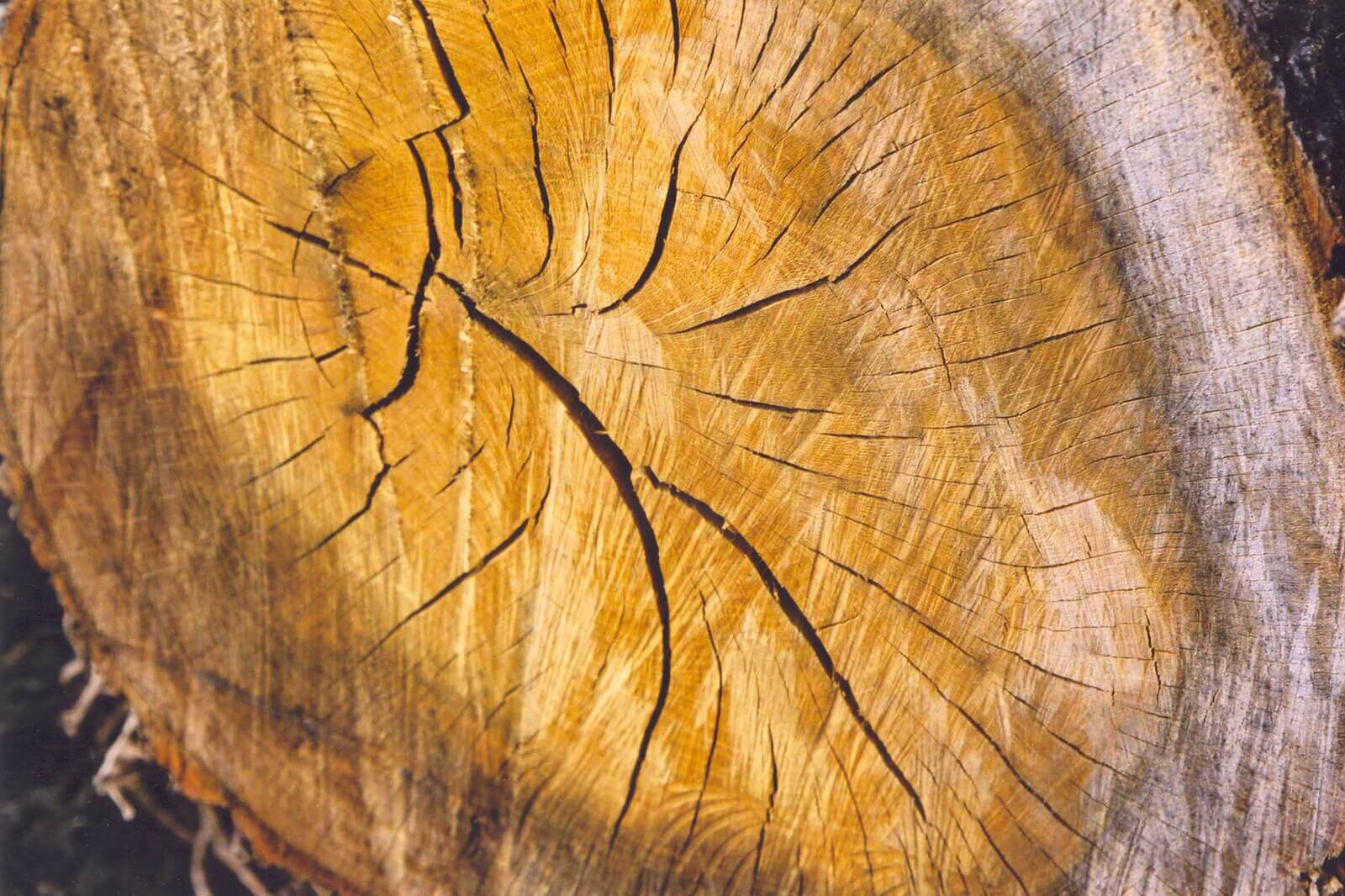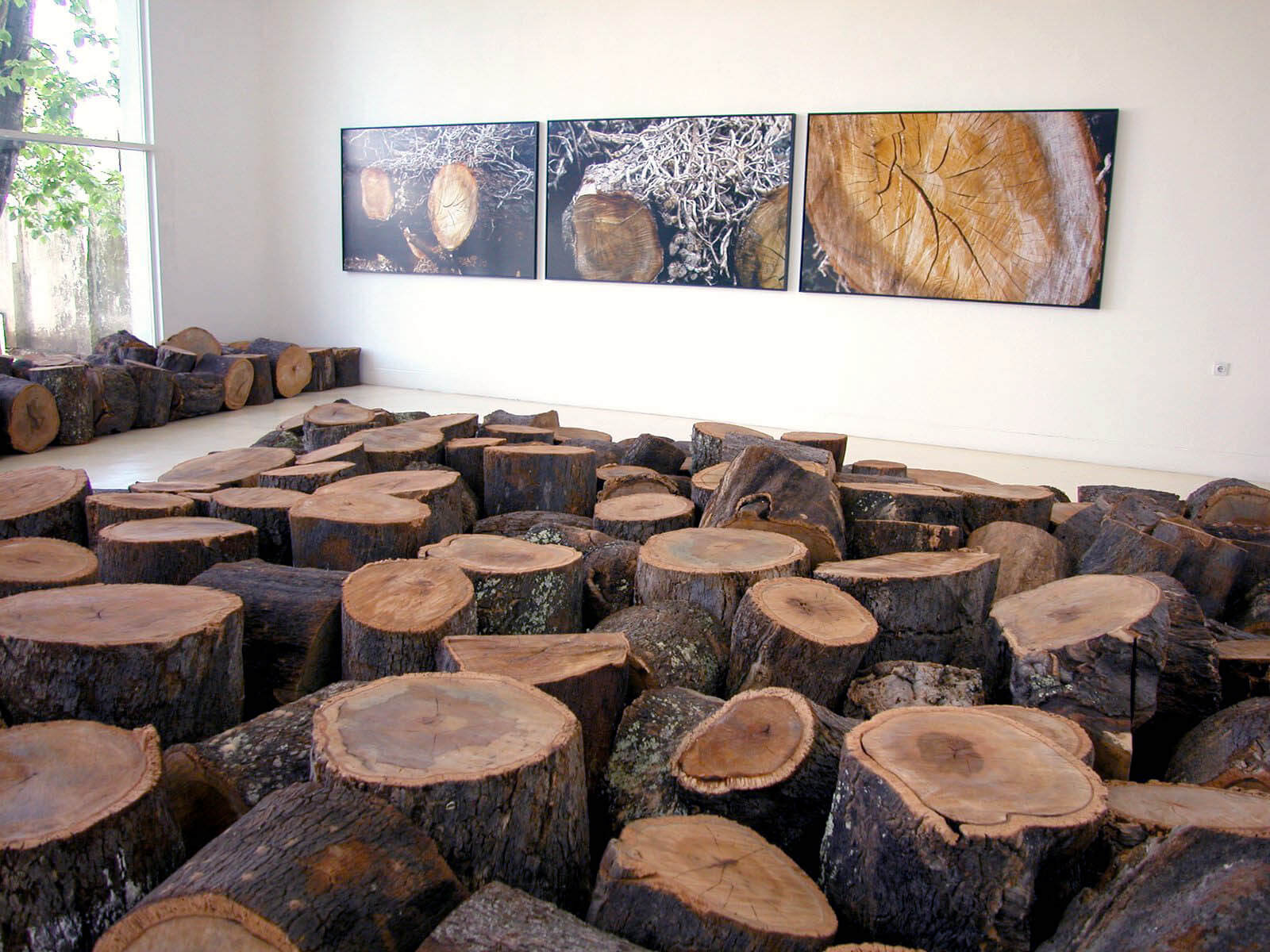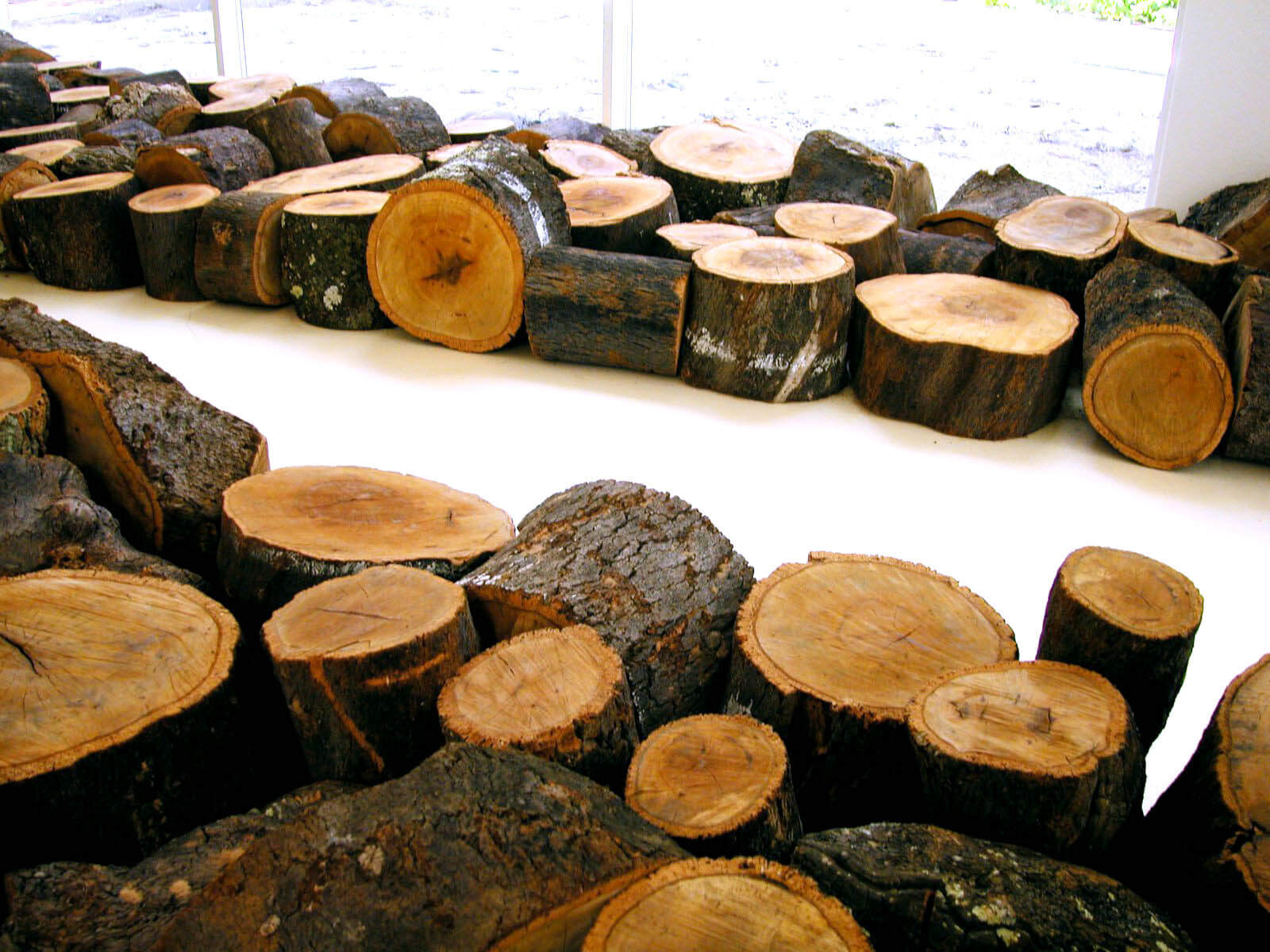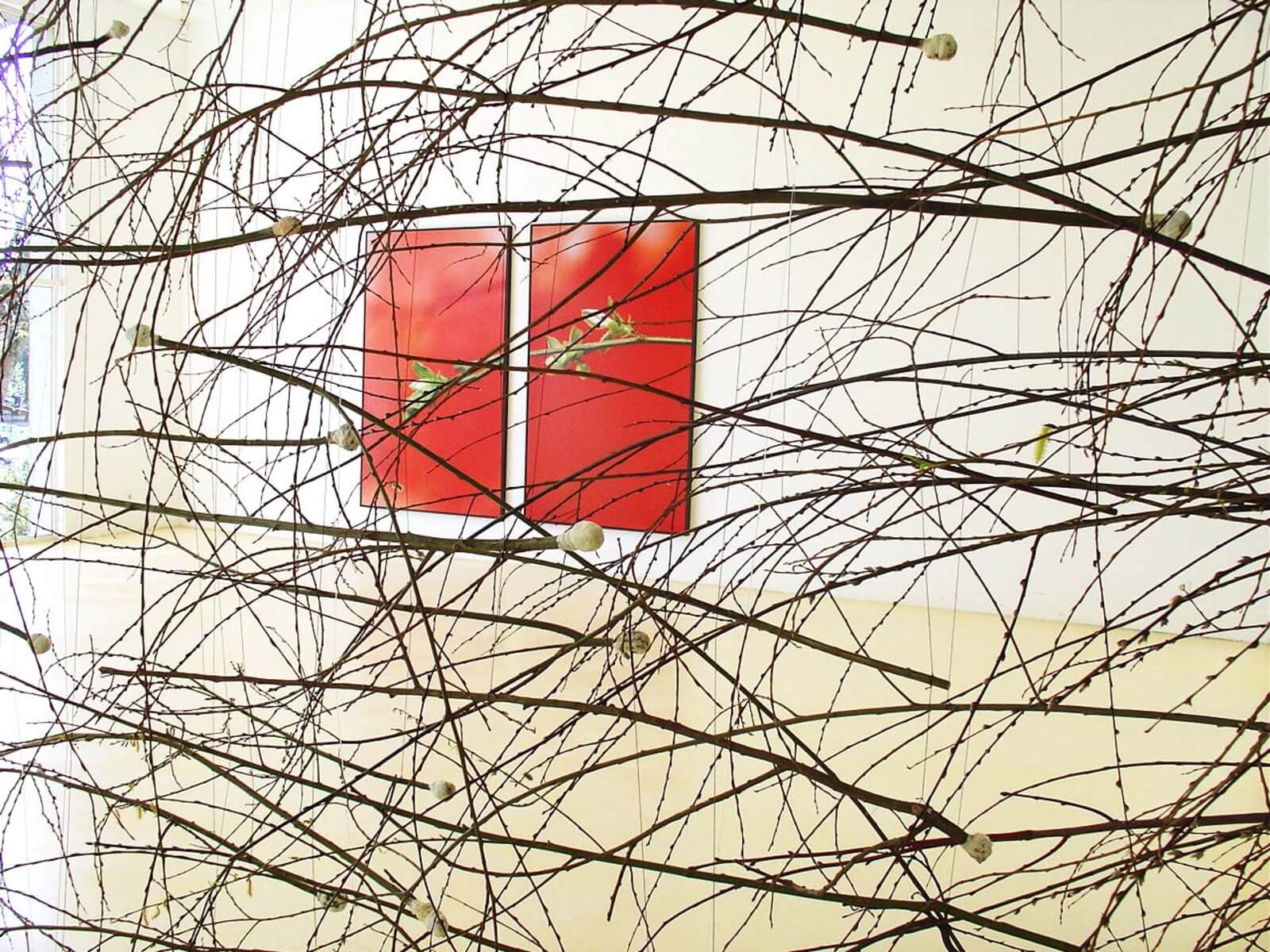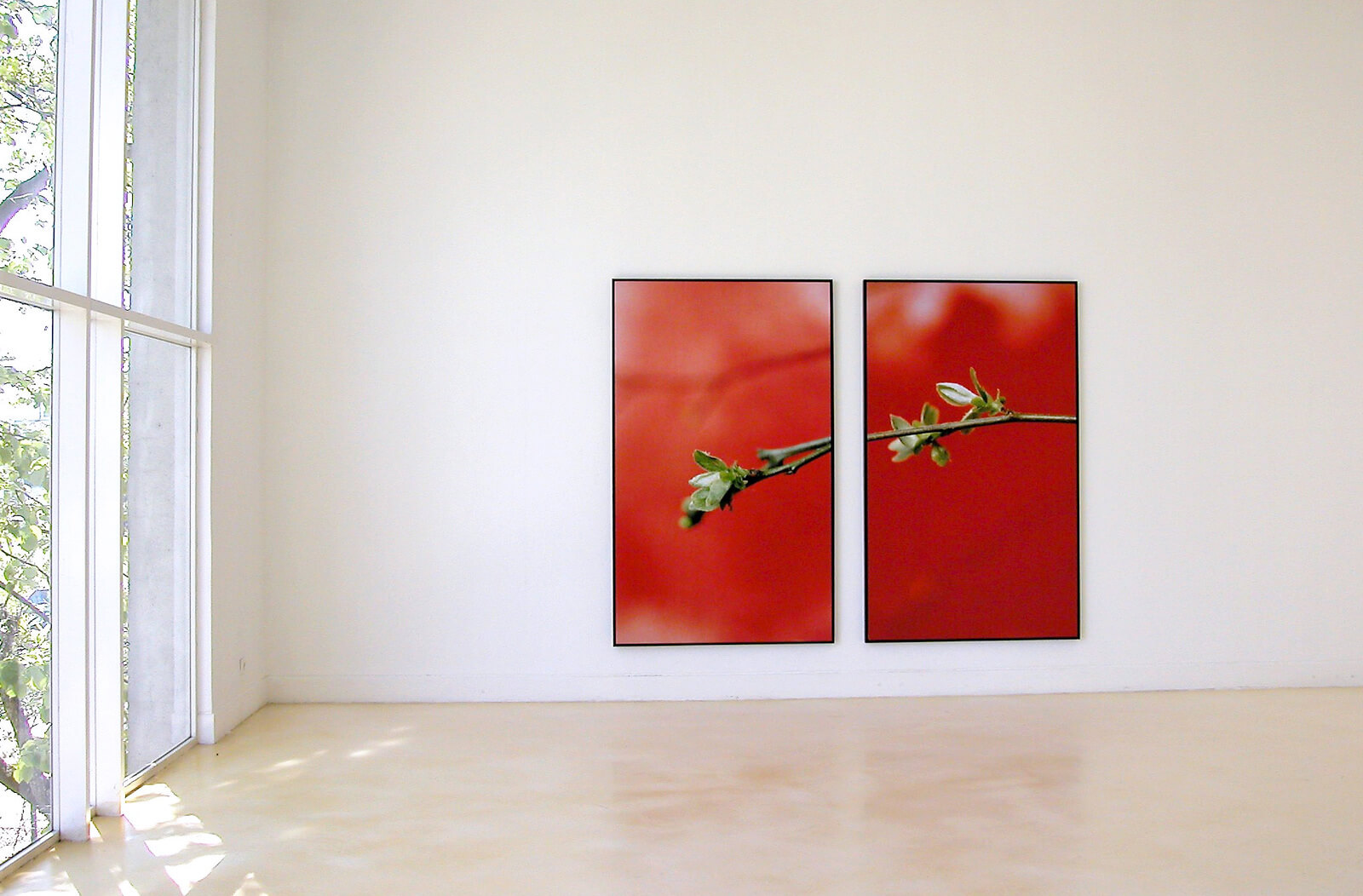– 24.04.2005
Tree Being(s)
We are in the city, in a place of huge buildings, and of arteries with many cars and many people. You walk into a Palace of the 18th century, the City Museum, and suddenly a huge garden holds back the commotion. It is in front of this garden facing the woods that the White Pavilion was built, “a privileged location of relation between the constructed space and the surrounding nature… a place made by man, but where nature enters in an exuberant and unavoidable way, it is this throbbing of the trees that I want to bring here inside”. This is how Cristina Ataíde refers to the space that invoked the concept of this site-specific project.
“Later they shall also bloom” originates from the liberty and communion with nature, from the grandeur of the trees, the growth, the earth, life and death, therefore from all the cycles of time that are vital to these processes. The artist was summoned by the landscape. She worked it plastically and now presents it to the public so that it too can see/become a landscape. It is in this complicity of art/nature that Cristina Ataíde is moved. And it is within this scenery that the visitor will feel.
The ground floor of the White Pavilion is covered with trunks that limit the path defined by the artist and the architecture of the space. These trunks, which are heaped together and can reach 80cm, are encircled by pictures that relate themselves with this fractioned dimension of a tree or, in a wider metaphoric sense, with the body. Cristina Ataíde thus questions this relationship between man and nature and recasts in her work the representation of the human body through the representation of nature, and in this case, the tree.
Upstairs, on the top floor, as if on a tree, we will find branches of different species hanging and forming a thick living wall. Apart from having been taken from their natural habitat, the branches will blossom during the time in which the exhibition will be displayed, and it will bring to the interior of the Pavilion the nature that surrounds it. The connection of these plant bodies with the human body suggests to us a bundle of veins and arteries, enhanced by the deep red of the photographs of buds, emphasizing its circulatory dimension and therefore the maintenance of life.
In this exhibition the artist does not limit herself to representing trees but uses their fragmented bodies. There is the trunk (very diverse morphologically) and all of the strength that it represented in its direct connection to the roots and the earth that limited it with its specificities. And we have the branches, fractions of an immense diversity that is felt by looking outside of the pavilion with all of its massive green, but also alive here (contrary to the ground floor), making the interior an extension of the suspended garden that surrounds it.
This transformation of bodies is in this way a metaphor through the effective growth on the 1st floor where branches gain leaves, as if absorbing and transmitting information through its various branches (growth and human enrichment) and on the floor connected to the earth are the trunks, pieces taken from their function, in a corporal regression hindered from connecting and continuing (death).
It is a strong experience to walk through this exhibition. The smell, the volume, the colors, the looking after and the blooming are tangible elements that cross our path and our gaze. Proximity or distance, whether physically or mentally, will therefore be one of the conditions for understanding this project.
As we leave the exhibition our ecological conscience will have assuredly been reinforced. The arborization has become intimate for us, the inherent poetics of “Later they shall also bloom” is exactly that of real bodies which have left from one reality and become another.
-João Mourão
– 24.04.2005



